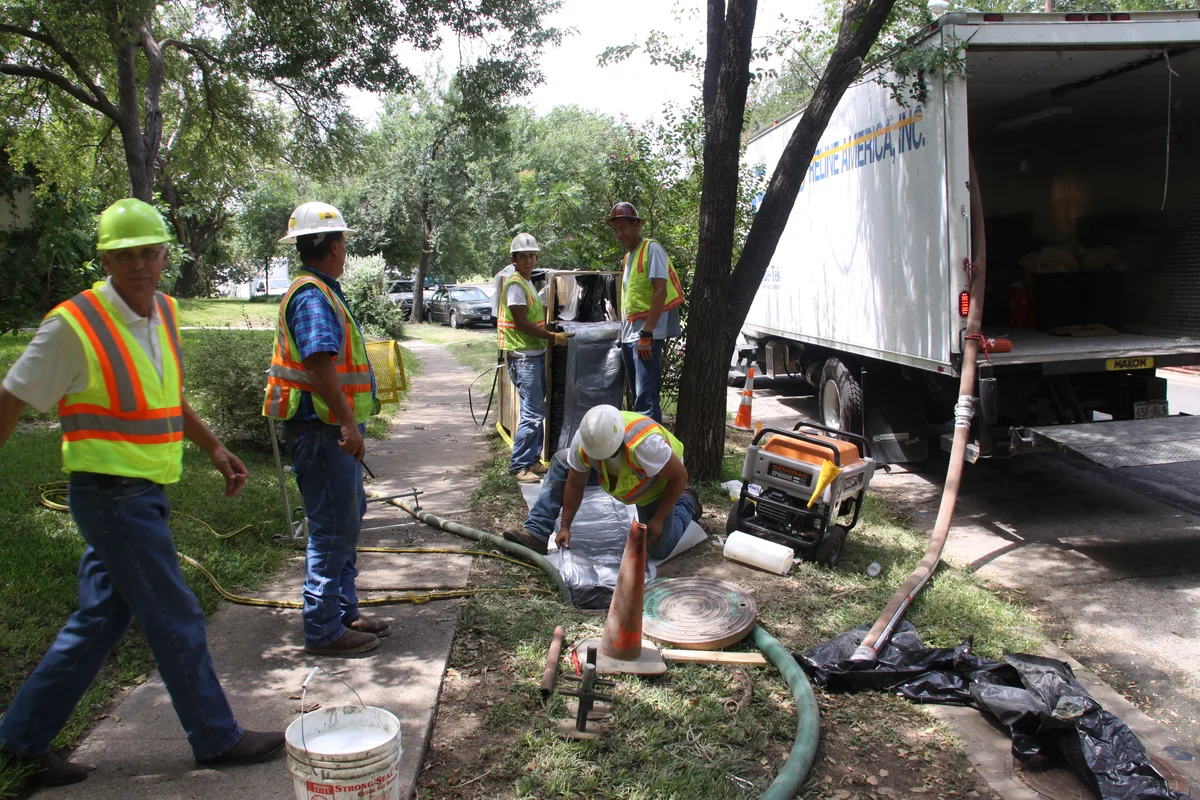
Brandywine Hundred
Sewer Rehabilitation
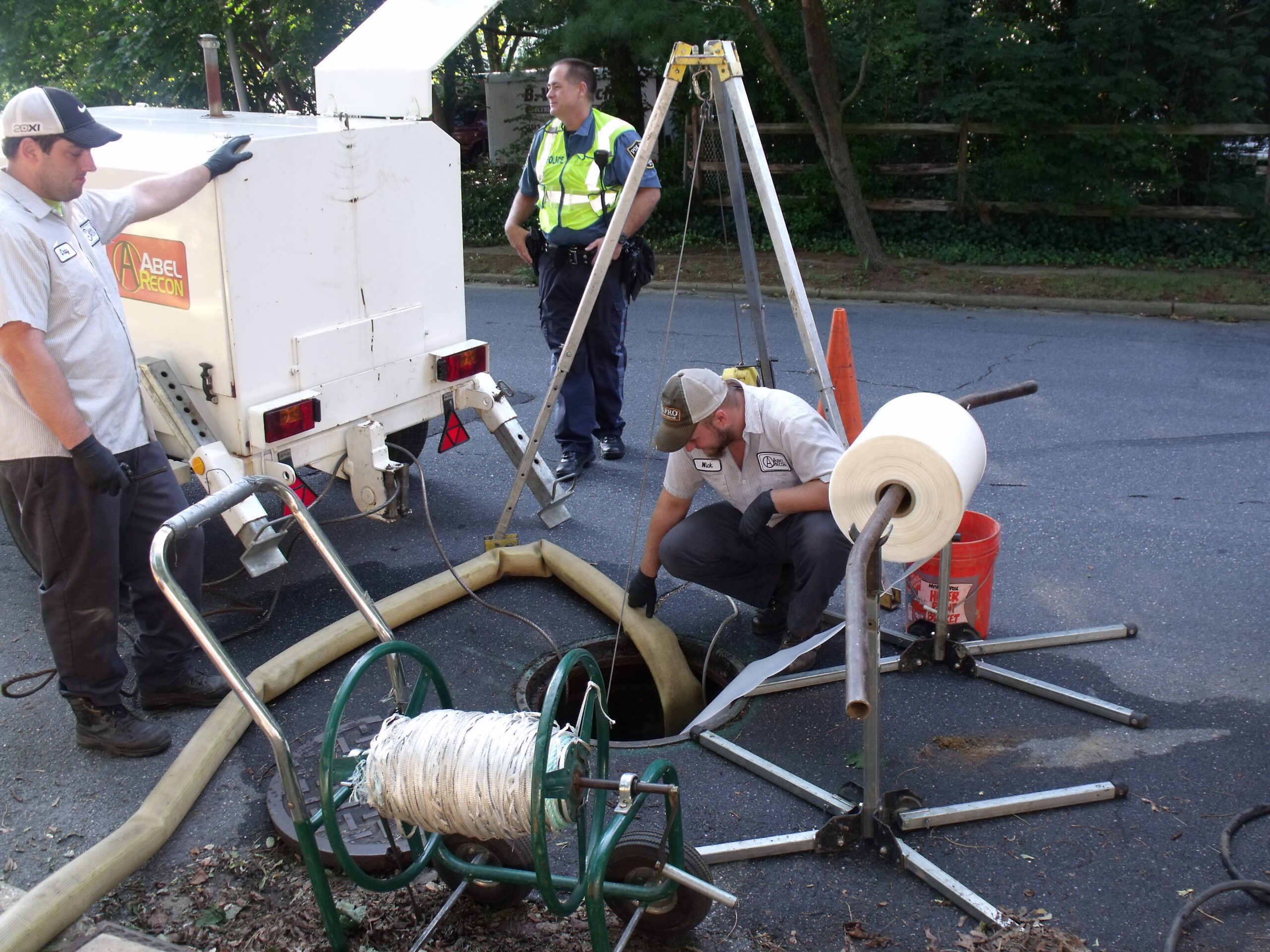
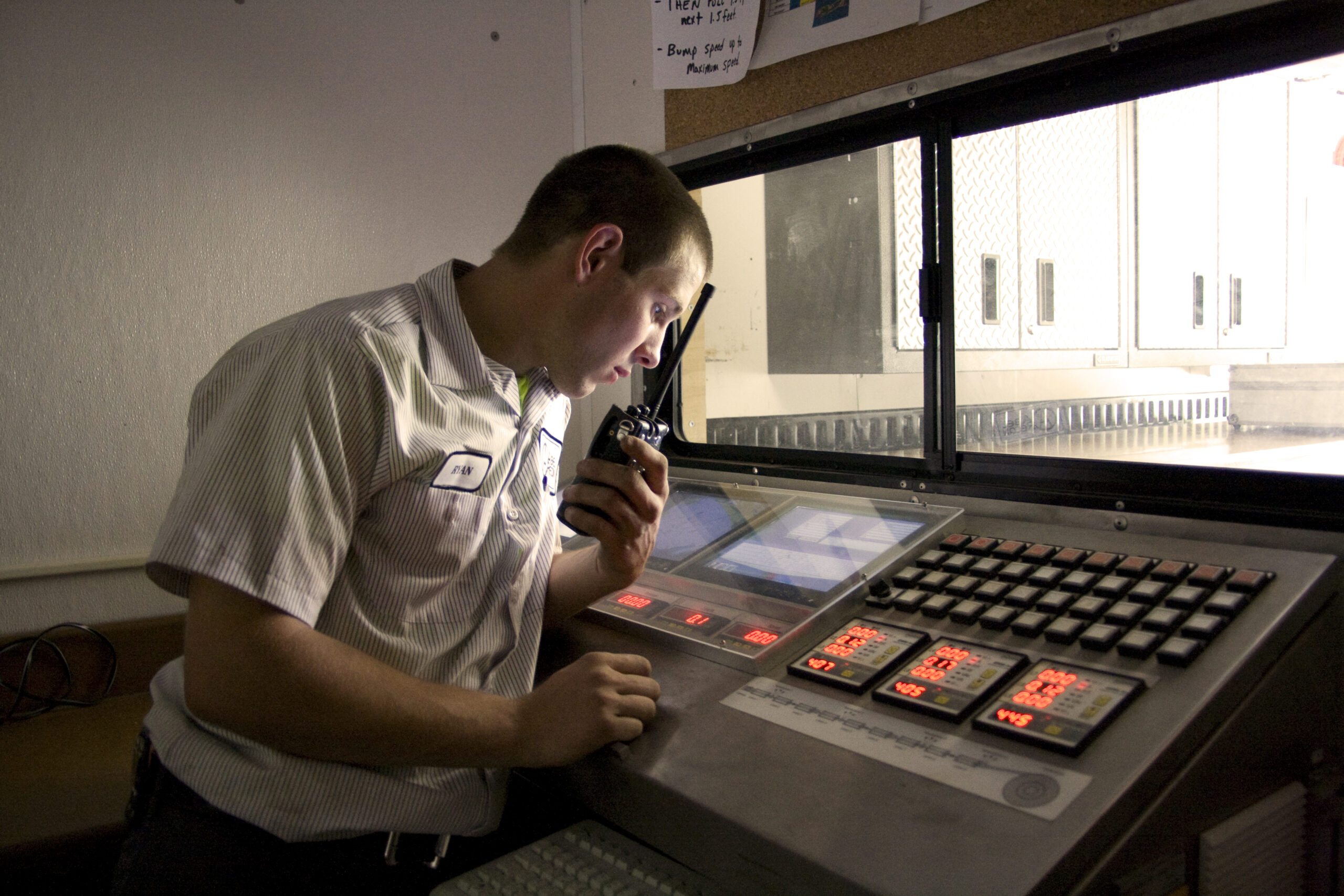
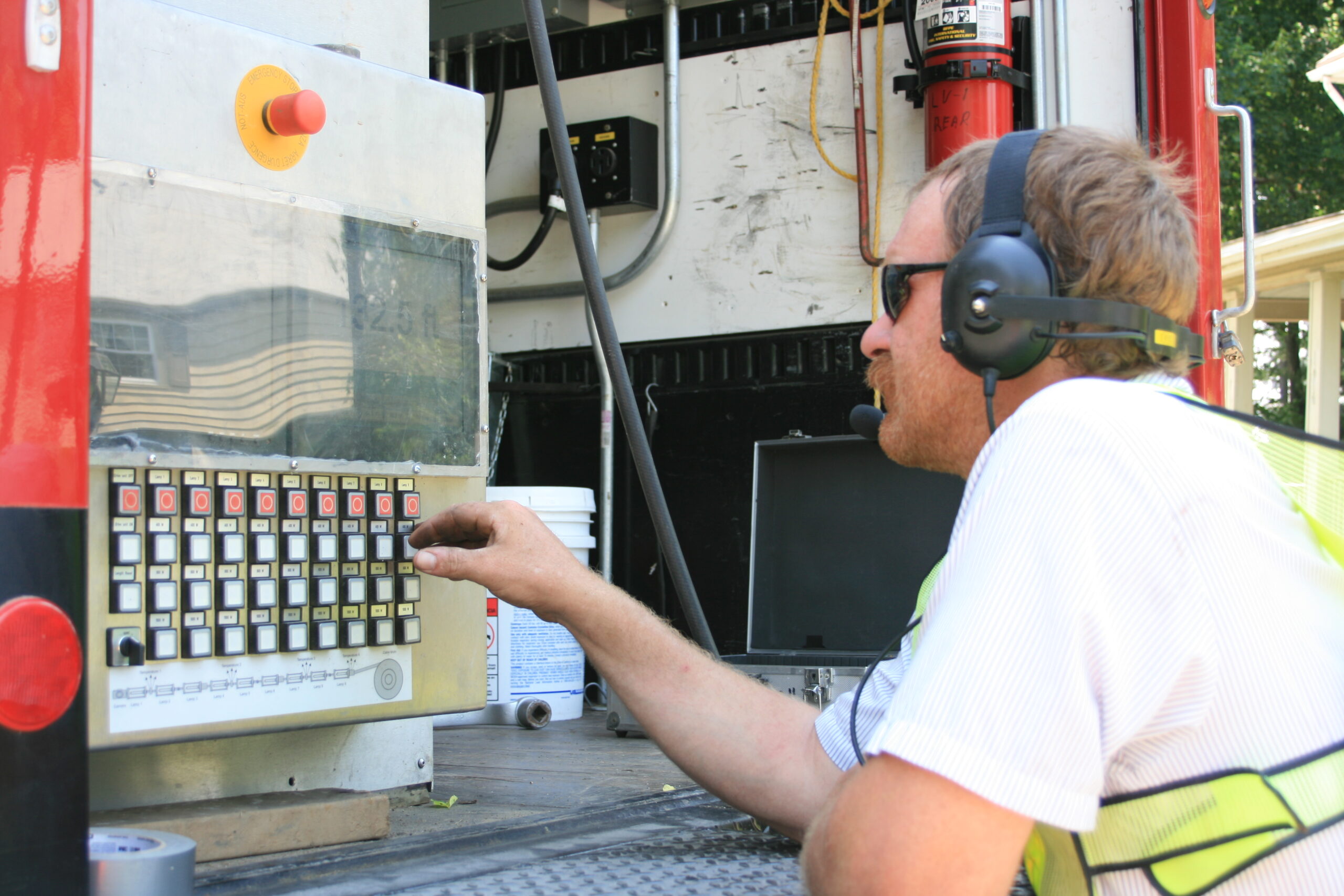
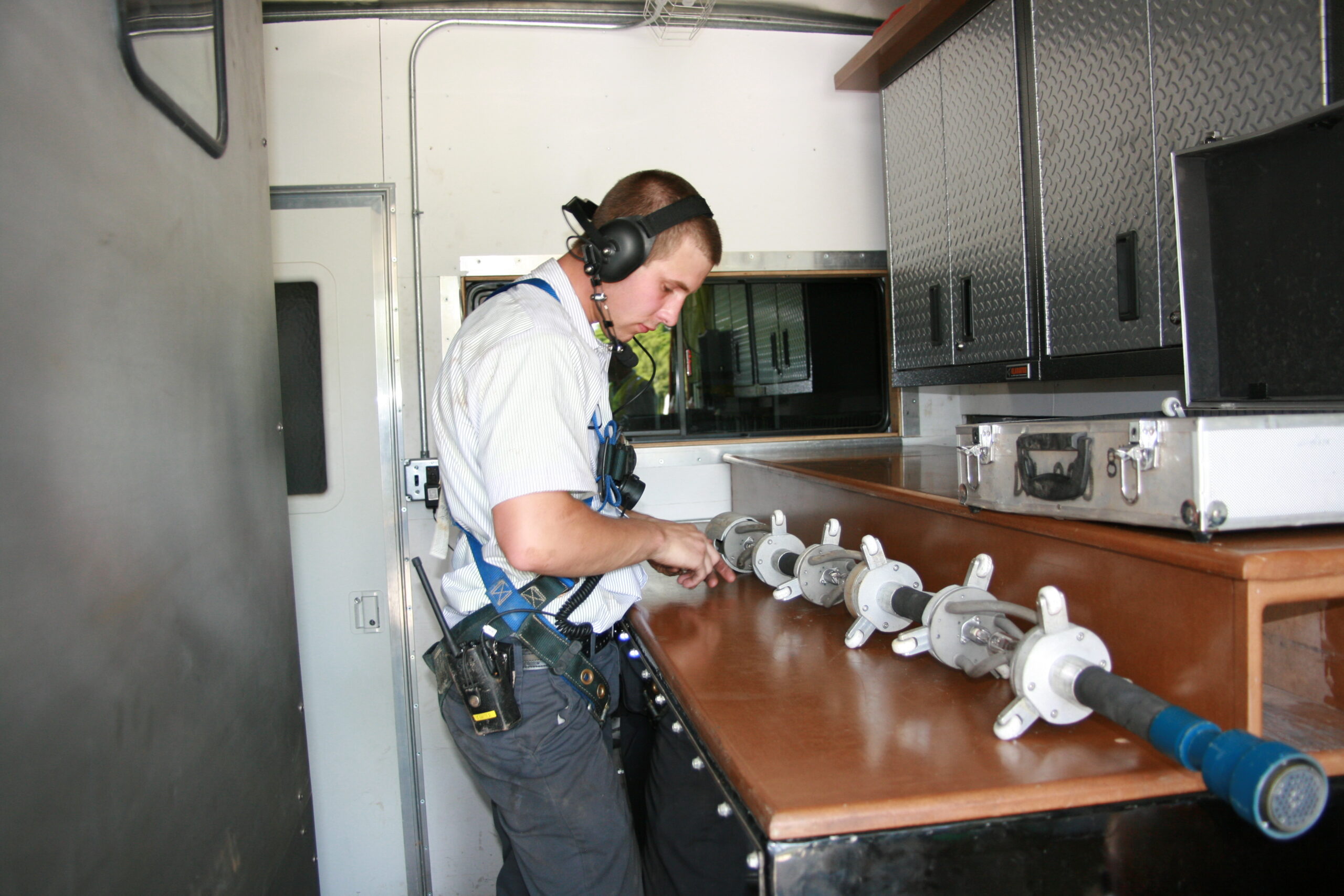
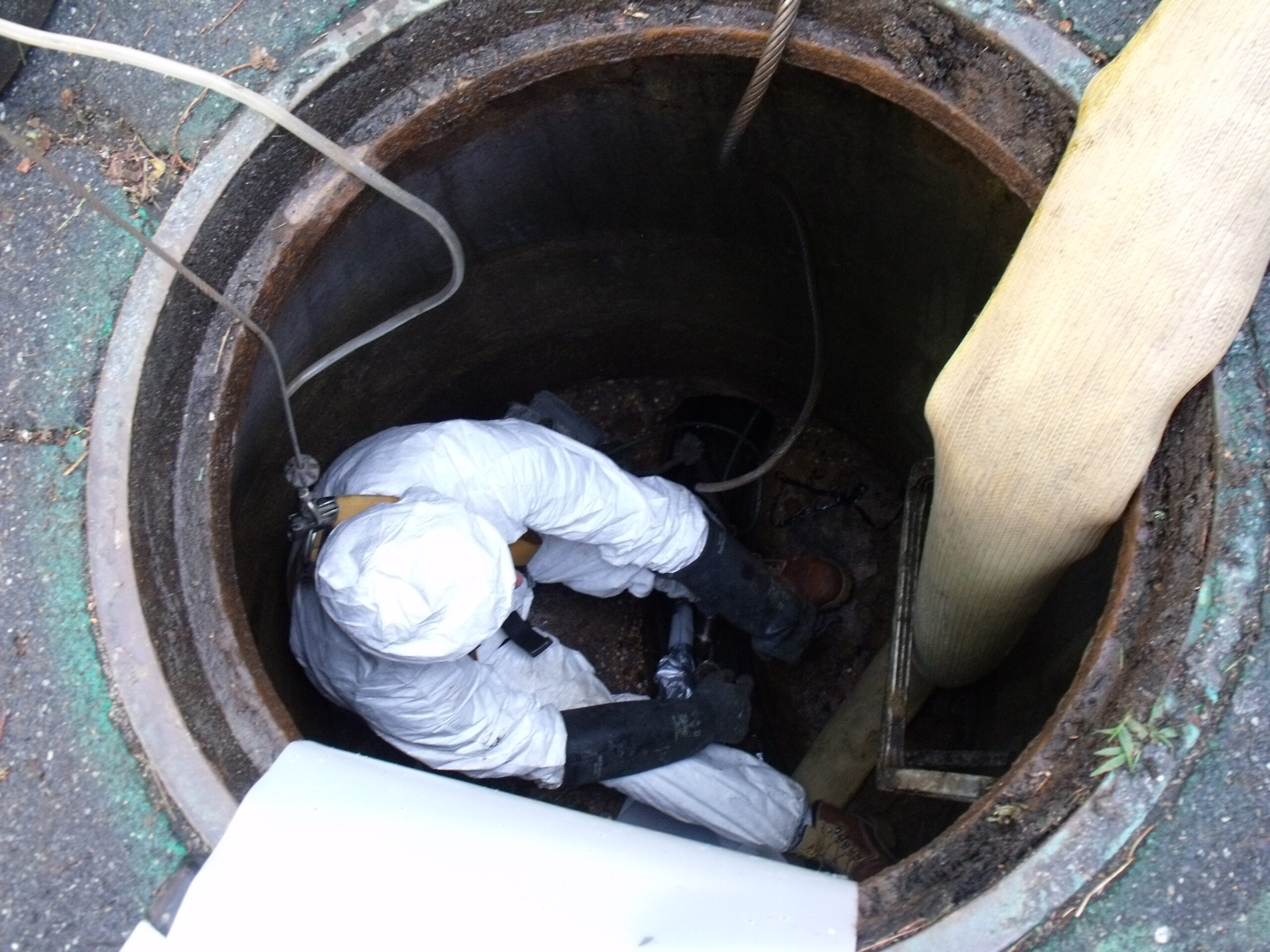
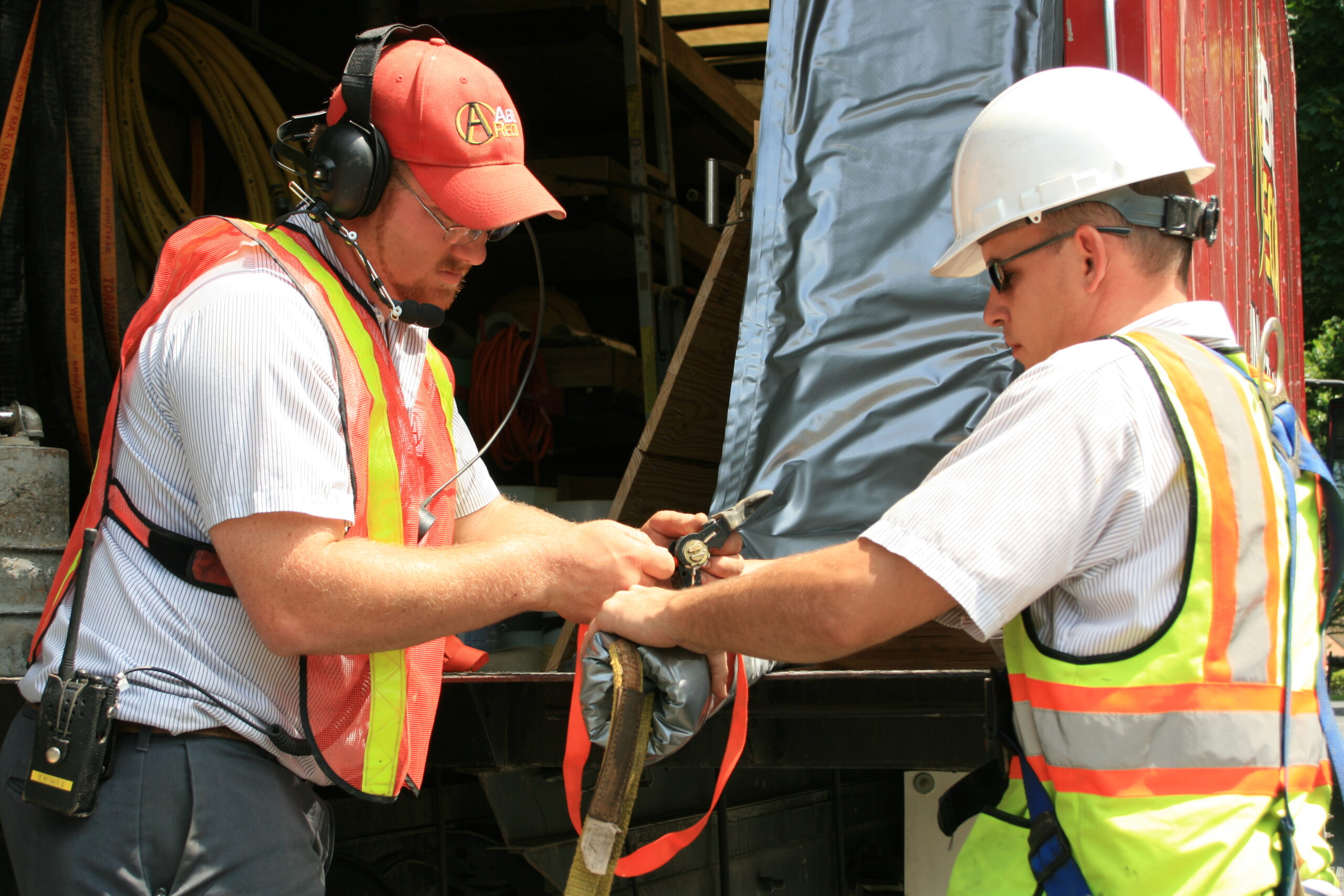
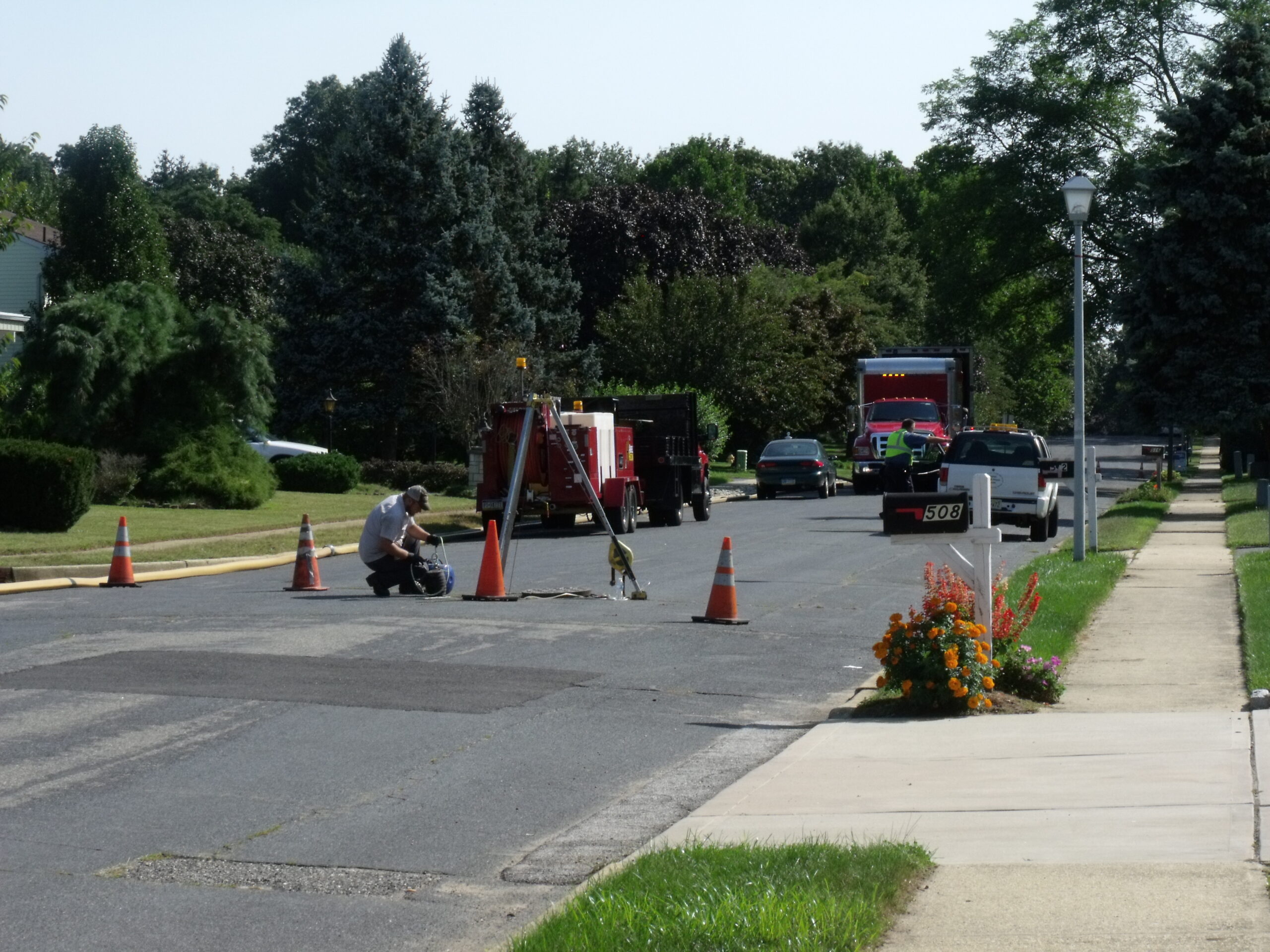
The oldest part of the Newcastle sanitary system is in a gentrified neighborhood called Brandywine Hundred, covering about ten miles from the Pennsylvania state line to Wilmington, between the Delaware and Christina Rivers and historic Brandy- wine Creek. Slicing through this narrow corridor is Interstate 95, the East Coast’s busiest roadway, juxtaposing pressing modern needs with the constraints of historic surroundings.
Inflow & infiltration (I/I) issues were rampant here at the turn of this century, causing residential basements to flood and illegal surface discharges to local waterways during storms. The state Department of Natural Resources and Envi- ronmental Conservation (DNREC) issued a Secretary’s Order to Penoza’s depart- ment to eliminate these SSOs.
Such an order is roughly the state level equivalent of a federal consent decree, so a solution had to be found quickly. The high-traffic, historic locale meant projects would require innovative technologies to rehabilitate the sewer system as economically and with as little disruption to the activities and properties of residents and business owners as possible.
Along with this rehabilitation work, several pipes outside of the Hundred were identified that were at risk of serious deterioration soon, so those pipes needed to be taken care of as part of this project, as well.
60 structured overflows were identified during CCTV inspection. Extensive observations revealed that rainwater and groundwater were entering the pipe system through leaking collector sewer pipes and manholes, streams flooding over sewer manholes and cross-connection to storm sewer pipes. Clearwater connections, including sump pumps, roof drains, punctured floor drains and foundation drains from buildings unlawfully connected to the sanitary sewer system were also major contributors to the I/I-induced capacity overflows. Between I-95 and 495, there are 12 major thoroughfare crossings just in the immediate area. There are 12 more on other parts of 95, and on 495, nine more. Digging up all that using traditional methods would have been tremendously cost-prohibitive, especially when having to redo the roads.
A four-man lining crew set up traffic control measures, then re-routed water to bypass the pipes involved. They CCTV inspected and cleaned the pipes, then installed a slip sheet for the liner. The insertion of the liner was effected with a constant-tension winch. The liner was then inflated with a blower powered by the service truck’s hydraulic PTO (power take-off), the inner film acting as a bladder to hold the air and create the pressure needed to compress the liner open against the pipe walls. A UV light train and bottom rollers were assembled and a pre-curing video of the formed, uncured liner was made and viewed, to be sure the liner formed properly before curing. When everything was ready, crews initiated the light bulbs, pulled the UV train through to cure the liner, and the inner “bladder” film was subsequently removed. Finally, they restored lateral services by cutting through the new liner with a reinstatement cutter, usually by 1:00 p.m. Work stopped at 7:00 p.m. each day, to prevent unnecessary neighborhood disruption.
The work was performed as Phase 1 of the CSO Elimination Plan, whose goal was to reduce peak flow rates in the sewer system by 35 percent. It prioritized problems most critical for flow conveyance, along with those determined to contribute the most inflow to system volume, in this phase. Phase 1 began in 2002 to eliminate or reduce the worst of the SSOs in the Brandywine Hundred. This work was completed in 2014, making significant progress, with only 10 or 15 overflows still remaining. It was all achieved with a minimum of disruption to surrounding neighborhoods and transportation routes. This trenchless approach also allowed the work to be done without disturbing any historical structures.
Reline America, Inc.
Corporate Headquarters
116 Battleground Avenue, Saltville, VA 24370 USA
Toll Free: 866 998 0808 | Local: 276 496 4000
info@relineamerica.com

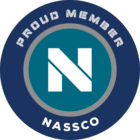


Copyright ©2024 Reline America Inc.